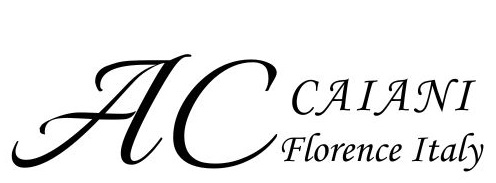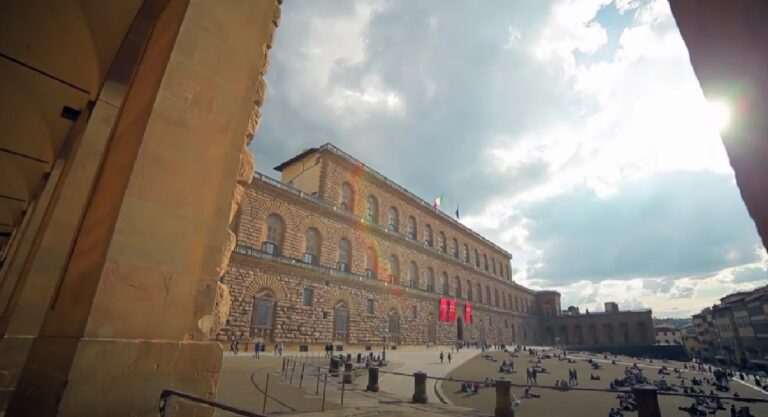🏛️ The Residences of the Medici Family and the King of Italy in Florence: Palaces of Power, Art, and Prestige
Florence, cradle of the Renaissance and beacon of Italian culture, is home to a constellation of historic residences that once housed the mighty Medici family and, later, the King of Italy. These palaces and villas are more than architectural marvels—they are living testaments to centuries of political influence, artistic patronage, and royal grandeur.
👑 The Medici Family Residences: Where Power Met Patronage
🏛️ Palazzo Medici Riccardi
📍 Via Cavour, 3
Constructed between 1444 and 1484, this was the Medici family’s first grand residence during the early Renaissance. Designed by Michelozzo di Bartolomeo, the palace reflects the Medici’s rising influence and refined taste.
- Inside, visitors can admire the Magi Chapel, adorned with vibrant frescoes by Benozzo Gozzoli.
- The courtyard and garden offer a tranquil escape, echoing the elegance of the era.
- Later, the Riccardi family expanded and embellished the palace, adding layers of history to its walls.
Today, it stands as a symbol of Florence’s transition from medieval austerity to Renaissance splendor.
🏛️ Palazzo Vecchio
📍 Piazza della Signoria
Originally Florence’s town hall, this fortress-like palace became the residence of Duke Cosimo I de’ Medici in the mid-16th century. To reflect the Medici’s growing power, Giorgio Vasari was commissioned to renovate and expand the structure.
- Highlights include the majestic Salone dei Cinquecento, the Medici apartments, and a treasure trove of Renaissance art.
- Beyond its beauty, the palace served as a political nerve center and remains the seat of Florence’s city government.
Stepping inside is like walking into the very heart of Florentine history.
🏛️ Palazzo Pitti
📍 Piazza de’ Pitti
Originally built for the Pitti family, this imposing palace was acquired by the Medici in 1549 and transformed into their principal residence.
- The complex houses the Palatine Gallery, Royal Apartments, Gallery of Modern Art, and the lush Boboli Gardens.
- Over time, it also became home to the Lorraine dynasty and later the Italian royal family.
Its vast halls and manicured gardens whisper stories of dynasties, diplomacy, and artistic brilliance.
🌿 Villa di Castello
📍 Via di Castello, 47
Purchased by Cosimo I in the 16th century, this villa served as a countryside retreat for scientific study and artistic reflection.
- The gardens, designed by Niccolò Tribolo, feature fountains, statues, and rare botanical specimens.
- Considered a masterpiece of Renaissance landscape architecture, the villa offers a serene contrast to the grandeur of city palaces.
Here, the Medici cultivated not only plants but ideas.
🌄 Villa La Petraia
📍 Via della Petraia, 40
Acquired in the 16th century and later renovated by Ferdinand I de’ Medici, this villa became a beloved residence for the family.
- Inside, you’ll find elegant rooms adorned with frescoes by Volterrano.
- Outside, the terraced gardens and panoramic views of Florence create a breathtaking backdrop.
It’s a place where nature, art, and architecture converge in perfect harmony.
👑 The Residence of the King of Italy: Florence’s Royal Chapter
🏛️ Palazzo Pitti
📍 Piazza de’ Pitti
Following Italy’s unification in 1861, Florence briefly served as the capital of the Kingdom of Italy from 1865 to 1871. During this period, King Victor Emmanuel II chose Palazzo Pitti as his royal residence.
- The Royal Apartments, furnished with period pieces and adorned with Medici and Lorraine artworks, reflect the elegance of 19th-century court life.
- Today, visitors can explore these rooms and experience the regal atmosphere that once defined the Italian monarchy’s Florentine chapter.
This palace bridges the Renaissance with the Risorgimento, offering a rare glimpse into two pivotal eras.
✨ Conclusion: A Journey Through Power, Prestige, and Patronage
Ultimately, the residences of the Medici family and the King of Italy are more than historical landmarks—they are chapters in Florence’s living story. Each palace and villa reveals layers of political ambition, artistic patronage, and cultural evolution.
Whether you’re wandering through frescoed halls, strolling Renaissance gardens, or standing beneath the vaulted ceilings of royal apartments, these sites invite you to step into the lives of those who shaped Florence—and, in many ways, Italy itself.

